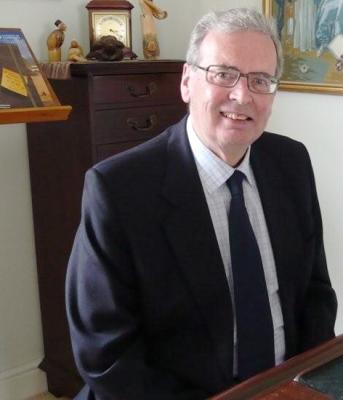
Philip Ledger died November 18, 2012, at the age of 74. He was the youngest cathedral organist in the country when he was appointed to Chelmsford in 1961, and later became a collaborator with Benjamin Britten, before succeeding David Willcocks as director of music at King’s College, Cambridge.
Philip Stevens Ledger was born at Bexhill-on-Sea on December 12, 1937, and educated at the local grammar school; he took a first in music at King’s College, Cambridge. From there he went to Chelmsford Cathedral to succeed Derrick Cantrell as master of the music. In 1965 he was appointed director of music at the University of East Anglia, and in 1968 was asked to serve as joint artistic director at Aldeburgh, appearing as both conductor and keyboard player over a number of years.
Ledger was director of music at King’s College, Cambridge from 1974 to 1982 and conductor of the Cambridge University Musical Society from 1973 to 1982. He was subsequently principal of the Royal Scottish Academy of Music and Drama 1982–2001. In addition to numerous recordings, compositions and performances, Ledger edited The Oxford Book of English Madrigals (1978) and several books on composers, including Byrd and Handel.
He acted as chairman of the examining board of the Associated Board of the Royal Schools of Music and president of the Royal College of Organists and the Incorporated Society of Musicians. He was knighted in 1999. After retiring in 2001 Ledger continued to compose. His last two major works were his Requiem in 2007 and The Risen Christ in 2011. This Holy Child, a setting of the Christmas story with five original carols, received its premiere on December 16, 2012.
In 1963, he married Mary Erryl Wells, a principal soprano at the Royal Opera House, Covent Garden, whom he had met while he was conducting the European premiere of Copland’s The Tender Land in Cambridge. She survives him, as do a son and a daughter.


